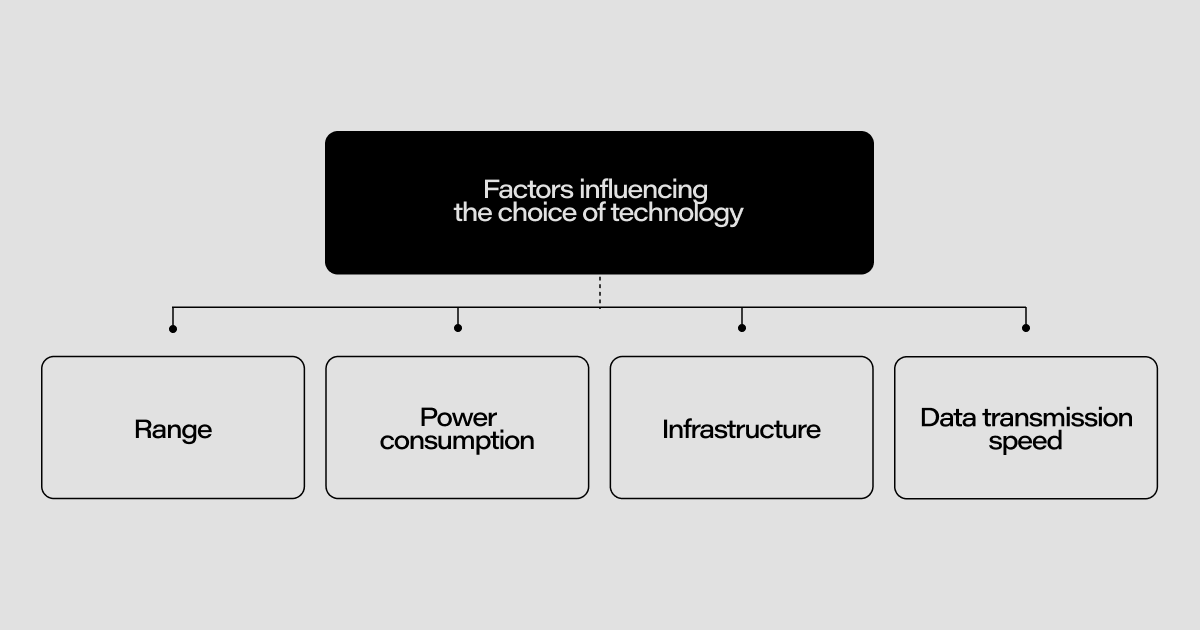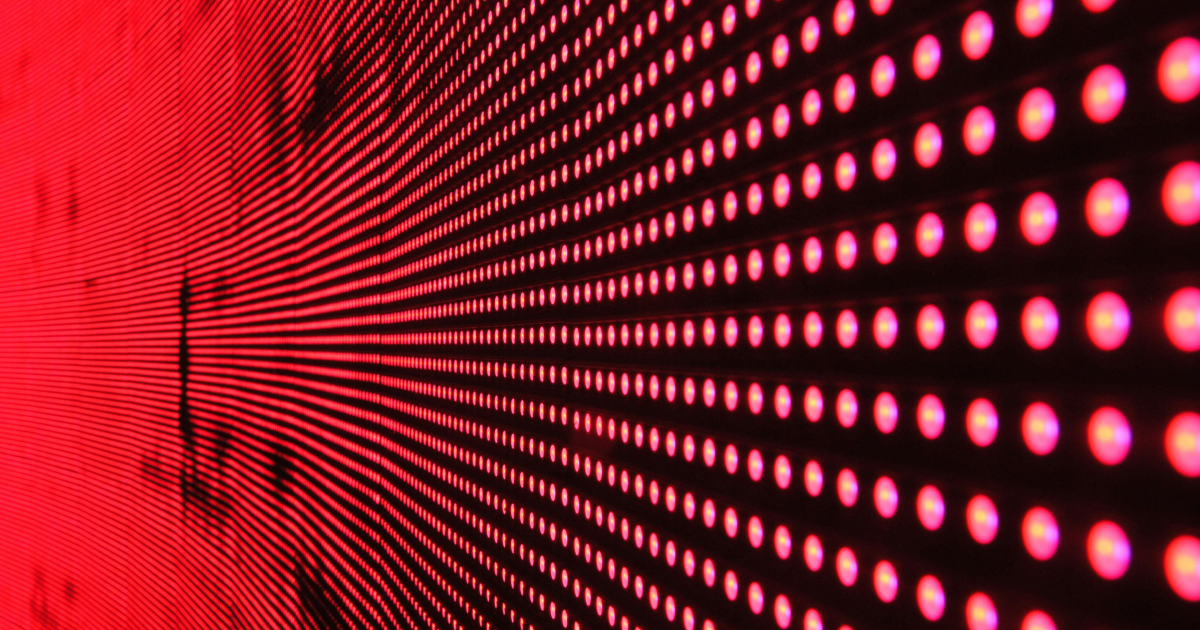Selecting the best connectivity solution for a wearable device is not just a matter of preference. It's a strategic decision shaped by multiple factors, spanning from range and power consumption to data transmission speed and infrastructure requirements.
In this article, we’ll go through the main connectivity solutions for wearable devices, and examine the crucial factors to consider when choosing the right technology. Let’s get started!
An overview of connectivity technologies
Before we delve into the complexities of connectivity solutions for wearables, let's take a closer look at the technologies at play.
LTE Cat-M1: Offering a balance between range and power consumption, LTE Cat-M1 leverages existing infrastructure, making it a good option for those looking to minimize infrastructure costs.
NB-IoT: Similar to Cat-M1 but with even lower power consumption, NB-IoT operates within existing operator antennas, although it does require additional infrastructure modifications.
LoRA: Utilizing ISM bands, LoRA’s main benefit is extended range, but it comes at the cost of slower data transmission speeds. It’s an ideal technology for simple sensor applications. It needs at least one access point which can cover a radius of up to 15 km in an open area.
Wi-Fi: The technology we’re probably most familiar with and use on a daily basis. As one can easily assume, Wi-Fi offers high data throughput but comes with a limited range and higher power consumption.
Bluetooth Low Energy (BLE): BLE’s main advantage is low power consumption (lower than Wi-FI). It comes with a limited range of around 15 to 50 meters, depending on the antennas. BLE finds its niche in short-range communications such as smartwatches.
ISM: a technology operating within designated frequency ranges, ISM provides flexibility for data transmission for low-power wireless communications.
How to select the right technology?
When choosing the right solution for a project, there are multiple factors to take into account. Here, we’ll go through the most important ones for wearable projects.

Range
Consider the distance over which data needs to be transmitted and whether existing infrastructure or custom solutions are viable options. Remember: factors such as terrain and obstructions may impact operating range.
Power Consumption
Here, the main factor impacting the choice of technology is whether the device is battery-operated or if it’s possible to plug it into the main. Lower power consumption is essential for prolonging battery life, especially in wearable devices.
Infrastructure
Determine whether leveraging existing operator infrastructure or creating custom solutions aligns with operational and cost considerations. Factors such as scalability and maintenance should also be taken into account.
Data transmission speed
Assess the frequency and volume of data transmission requirements to ensure compatibility with the chosen connectivity solution. High-speed data transfer is most often essential for real-time applications such as health monitoring.
Protecting sensitive data
Maintaining data integrity becomes critical in scenarios where even minor alterations to data streams could lead to unforeseen complications in cloud environments. Encryption stands as a foundational element within the protocols of most technologies, including Cat-M1, NB-IoT, LoRa, Wi-Fi, and Bluetooth.
The priority is to prevent any unauthorized interception, data collection, and tampering. While these technologies incorporate protective measures, not all reach the same high level of security; developers can augment security levels by integrating additional encryption and other measures to counter data corruption attempts.
Wi-fi, Cat-M1, and NB-IoT feature mechanisms designed to detect and mitigate data corruption. Attempts to modify data streams are flagged, prompting the rejection of corrupted data and necessitating its retransmission, sometimes even requiring a change in encryption keys to fortify security during subsequent transmissions.
By implementing these protective measures, we can ensure the integrity and confidentiality of sensitive data.
Cellular vs. short-range wireless protocols
The choice between cellular and short-range wireless protocols hinges on specific use cases and trade-offs. Cellular connectivity is great for projects requiring real-time data transmission and where infrastructure already exists but may incur ongoing operational costs.
Short-range wireless protocols are best suited for applications with limited range requirements and lower power consumption but it’s important to keep in mind you’ll most likely likely need custom infrastructure deployment.
Integrating multiple technologies
In some cases, implementing more than one connectivity solution is beneficial to the product. For example, some smartwatches use a second channel to drive data (like an audio stream) without having to use a mobile phone. In this case, BLE is too slow for streaming, so using LTE additionally improves user experience.
Integrating multiple technologies is also useful with devices that are plugged into the main for most of the time. The data can be sent over using, for example, LoRa, but for the purpose of setting the device up, it might be beneficial to use BLE or NFC to collect some data locally. This can easily solve the issue of the main data channel breaking and being inaccessible (because of too many disruptions, for example).
Future perspectives
The future of connectivity for wearables holds promise and challenges alike. As wearables become more integrated into daily life, ensuring data privacy and security becomes paramount – implementing robust encryption and authentication mechanisms to safeguard sensitive user data should be a priority for anyone wanting to create such devices.
The key challenge for the future is balancing the need for faster data transmission with power consumption considerations. Each time a new technology is introduced, the focus is to speed up data transmission but it comes at the cost of a faster battery drain. Maintaining good battery life while continuing to improve user experience is the main focus for the future of wearable connectivity.
Conclusion
The realm of connectivity technologies is shaped by many factors, from technological advancements to data protection and user preferences. By navigating these challenges with strategic planning, companies can harness the full potential of wearable devices to enhance their customers’ daily lives.
Need help with your wearable device project? Contact us; we have ample experience with connected devices, including projects such as Oura.

Przemysław Łagód
Head of Hardware

